There are certain winemakers who have cemented their cult-like status — names like Château Rayas of Châteauneuf-du-Pape and Biondi Santi of Brunello di Montalcino — through their exemplary, at times rigid, adherence to tradition. But in Friuli-Venezia Giulia, the northeasternmost region of Italy on the border of Slovenia, the legacy of local vignerons has evolved in defiance of convention, giving rise to an equally coveted and entirely unique style of wines. Leading this movement is Josko Gravner, known among wine nerds and casual imbibers alike as one of the most fascinating and influential producers in the world.
Gravner’s path to winemaking is a familiar one — his family had been making wine in Collio, a small appellation in the hills of Friuli, for generations. In the 1970s, at only 21 years old, he took over his family’s estate and began producing wines in the region’s traditional style: mostly vibrant whites such as Pinot Grigio and Sauvignon Blanc, fermented and aged in large wooden barrels. Gravner — young, green, and eager for modernization — began experimenting with vinifying native varieties in steel and concrete, with disappointing results. It wasn’t until he took a trip to Georgia in 2000 that the vision for his wines crystallized. He produced his first vintage using Georgian clay amphorae called qvevri in 2001 and hasn’t looked back since.
The hallmarks of Gravner’s wines include their deep amber hue — the result of long periods of skin contact followed by extended élevage — their notes of dried apricot, honey, and herbs; their highly textured mouthfeel; and their long, crisp finish that lingers long after the last sip. Today, Gravner’s wines are not only celebrated but also highly sought after and often very expensive, with some bottles retailing for over $300. Though Gravner was one of the region’s trailblazers, there are a number of more under-the-radar producers crafting wines across the Italy-Slovenia border embracing this style. Here are 10 wines that capture Gravner’s essence — at a fraction of the price.
Radikon Jakot 2020
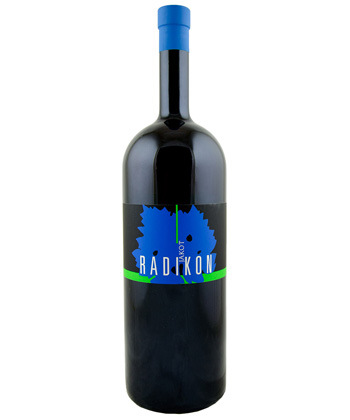
If Gravner is the first producer that comes to mind when thinking of iconic orange wines from Friuli, Radikon is a close second. Radikon’s legacy in Oslava dates back centuries, but it wasn’t until the late ‘80s that winemaker Stanko Radikon truly made a name for himself. In the mid-20th century, he converted the family farm into a vineyard, planting Pinot Grigio, Sauvignon Blanc, Ribolla Gialla, and Tocai, producing his first vintage in 1979. Over the course of the subsequent decade, Radikon developed the estate’s signature style, using a mix of steel and oak, long maceration, and extended elevage. Today, he continues to hand-harvest his 17 hectares of vines planted along the region’s steep rolling hills that straddle the Slovenian-Italian border. Similar to Gravner, these wines are highly coveted, but they tend to be a bit more accessible, typically available for about $100 for a 1-liter bottle.
Radikon’s Jakot, the regional name for Tokai, is fermented using native yeasts and macerates with the skins for around three months. The wine is racked and aged on its lees in huge Slavonian oak casks for three to four years. The result is a rich wine with bone-dry tannins and notes of tangy yogurt, citrus, herbs, and wet stone.
Dario Prinčič Trebež 2014
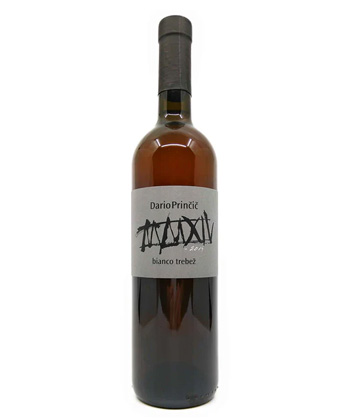
Dario Prinčič has been making wines in Oslavia, just down the road from where Gravner grew up, since the 1990s. From day one, Prinčič has been dedicated to crafting wines expressive of the region’s unique history — the same land where they fought battles in World War I — and terroir using only organic and biodynamic farming practices. All of his white wines undergo a long skin maceration, fermenting in open vats and aging in used Slovenian barrels. Here, Sauvignon Blanc, Chardonnay and Pinot Grigio are fermented and macerated separately for 30 days before they’re blended and aged for 20 months in old oak. The result is a complex, deep, savory wine with notes of mushroom, buckwheat, and herbs, that still retains its freshness with hits of orange melon, honey, and lemon zest. A serious wine with considerable age at an accessible price point of around $50 — this wine punches far above its weight.
Franco Terpin Sauvignon Blanc 2018
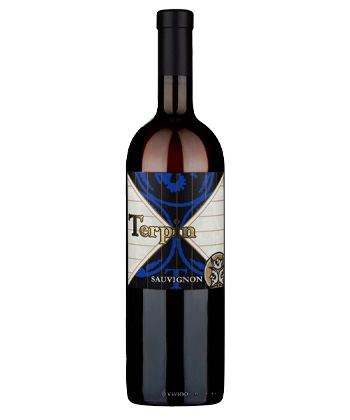
Similarly regarded as a pioneer among natural winemakers, Franco Terpin established his winery in San Floriano del Collio with his wife in 1994, when they decided to plant vines on land that had previously been used for growing fruit and raising livestock. Today, they farm about 30 acres of mostly indigenous grape varieties such as Ribolla Gailla and Jakot (Tocai Friulano) alongside Sauvignon Blanc and Chardonnay across hilly fields rich in clay soils. Despite his own cult following, Franco’s wines are still reasonably priced. This cuvée, which retails for about $40, is one of his more elusive bottlings. Made from 100 percent Sauvignon Blanc, the wine is macerated on its skins for eight days and aged in barrel for 18 months, followed by a year in bottle. It takes on a deep golden-yellow hue that’s rich and intense on the palate. Slightly tropical with flavors of pineapple and passion fruit, it’s high in acid with notes of candied citrus, rounded by hints of sweet spices and stone.
Skerk Carso ‘Ograde’ 2020

Sandwiched between the Adriatic and Alps, the Skerk winery is a true emblem of the region it’s in — offering wines for about half the price of other local legends. The limestone-rich, reddish, and stony soils of its plots, which rest about 800 feet above sea level, produce high-quality wines known for their minerality and salinity. Farming just over 17 acres, winemaker Sandi Skerk is meticulous about the quality of his wines, using only organic practices, ambient fermentation, and low intervention in the cellar. Ograde is comprised of equal parts Malvasía, Pinot Grigio, Sauvignon Blanc, and Vitovska that are macerated on their skins for 15 days before crushing, creating a wine deep in color with an notes of ash, orange peel, warm spices, and sea salt with lip-smacking tannins.
Alberto Lot Filari Margherita Amber Bianco 2022
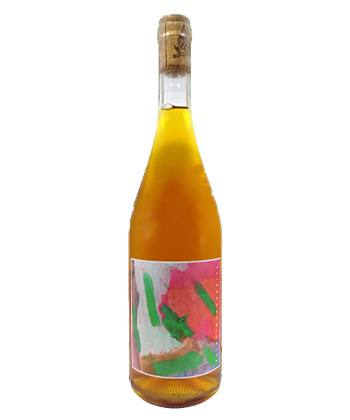
Alberto Lot is one of Friuli’s younger winemakers, based on the southern edge near Veneto. Founded with the intention of reclaiming part of his grandparents’ land, Lot’s approach to winemaking straddles the worlds of old and new. He works primarily with Piwi grapes — disease-resistant hybrid varieties — making robust wines that are sure to stand the test of time. The Margherita Amber Bianco bottling macerates on the skins for at least three weeks, giving it its signature color, with notes of chamomile tea, chalk, and dried peach, offering brightness and depth in equal measure. A fun wine for less than $35 dollars a bottle, it’s a great place to start exploring the full range of Friuli’s wines.
Ronco Severo Pinot Gris Ramato 2020
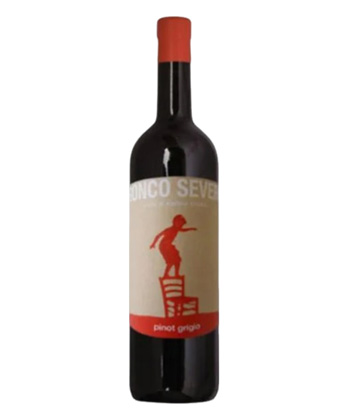
In Italian, “ramato” translates to “copper,” which is used here to capture this wine’s distinctive color. Undergoing a month of maceration in oak vats, then 23 months aging in large Slavonian oak barrels, this wine is wonderfully rich and textured. Winemaker Stefano Novello is the son of a Friuli vigneron but had no plans of following in his father’s footsteps. So when he did eventually take over the estate in the ‘90s after finishing oenology school, he decided to do things his own way. Bottled without fining or filtration, the deep copper wine retains pure expressions of the minerally soil, offering aromas of dried apricot, orange zest, honey, and hints of toasted almond. A wonderful emulation of the Gravner style that can be found for just around $25 to $30 a bottle.
Čotar Vitovska 2020
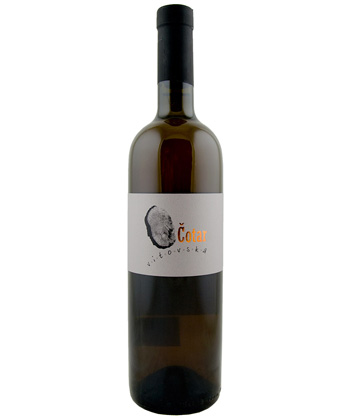
Located only about three miles from the sea on a stretch of land between the Vipava Valley and the Bay of Trieste in Slovenia, Čotar is a father-and-son-owned winery, forging their own winemaking tradition. Founder Branko Čotar fell in love with wine while running two restaurants in the region, originally producing bottlings for his friends and diners before deciding to dedicate his efforts to winemaking full-time. Despite an emerging family tradition, the present-day farm was created out of nothing, as Branko spent years planting the entire vineyard himself. Today, they grow several native varieties including Teran, Vitovska, and Malvasija as well as Cabernet Sauvignon and Merlot, creating wines that are pure expressions of the region’s unique soil, iron-rich limestone derived from fossilized sea life. Čotar’s 2020 Vitovska macerated on the skins for a week after pressing and was aged in oak, offering a medley of tart green apple and apricot on the palate with subtle woody and oxidative notes and a coppery finish. Truly age-worthy wines that start at $40 a bottle.
Paraschos Venezia Giulia Orange One 2021
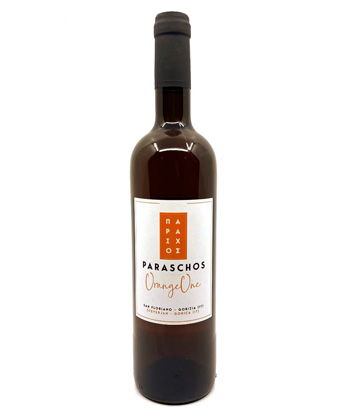
Inspired by the wines of his neighbors Gravner and Radikon — that he used to pick up directly from their vineyard down the road to serve in the family restaurant — Evangelos Paraschos started his eponymous winery in the 1990s. Today the vineyard is run by brothers Alexis and Jannis, who continue to create wines that are both consistent with the regional styles and also unique reflections of the family’s multicultural and multifaceted history. The Orange One bottling is made using a traditional field blend style with sparing maceration to create a light and fresh wine that is still structured and round. Grapes are hand-harvested and macerated on skins in open vats for a couple days before aging on the lees at least 24 months in large Slavonian oak barrels. The wine offers a bouquet of flowers on the nose, with notes of lemon and orange peel and a flinty minerality — an absolute steal available for under $50.
Damijan Ribolla Gialla 2021

Damijan Podversic, a protegée of Josko Gravner, makes wines that are emulative of the famous winemaker, but has established himself as a true one-of-kind vigneron. Starting out in the family negociant trade, vinifying wines in the classic style, everything changed after Damijan staged with Gravner in the the 1980s. He returned to the family estate before buying his own plot of land in the ‘90s in Collio Goriziano, which was considered by many to be difficult to maintain. Set on proving everyone wrong, Damijan has cemented a legacy of doing things his own way. And this wine is no different. Ribolla, a robust local variety, is slow-pressed with the skins on and macerated for 60 to 90 days. Fermentation finishes in-barrel for three years before the wine rests for one year in bottle. A crunchy wine with crisp acidity, it will fill your palate with orange blossom and apricot, notes of warm spice and honey and offer a dry, tannic finish. It offers drinkers a taste of Gravner at a third of the price, with cuvées starting around $50 a bottle.
Kabaj ’Rebula’ Goriska 2020
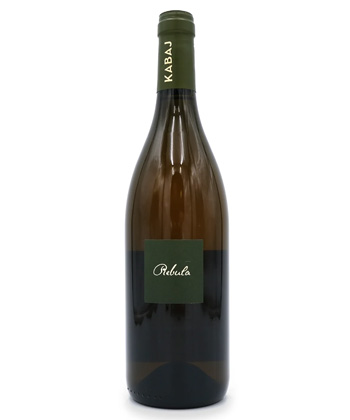
The Kabaj family has grown grapes for generations in Slovenia’s Goriška area, and are true masters of their craft. Legends in the region, you can still find their bottles for less than $30. At their core, they’re a family business shaped by their deep roots in the Slovenian hills. Today they run an inn and restaurant in addition to maintaining 30 acres of vines. This wine, made with Ribolla Gailla (known as Rebula in Slovenia) undergoes a month of skin contact, giving it a deep orange hue. Carefully aged in old oak, it retains its balanced acidity and minerality. If you drank this wine with your eyes closed, you might mistake it for a young red wine, with distinct tannins and flavors of cherry, amaretto, and pink peppercorn.
